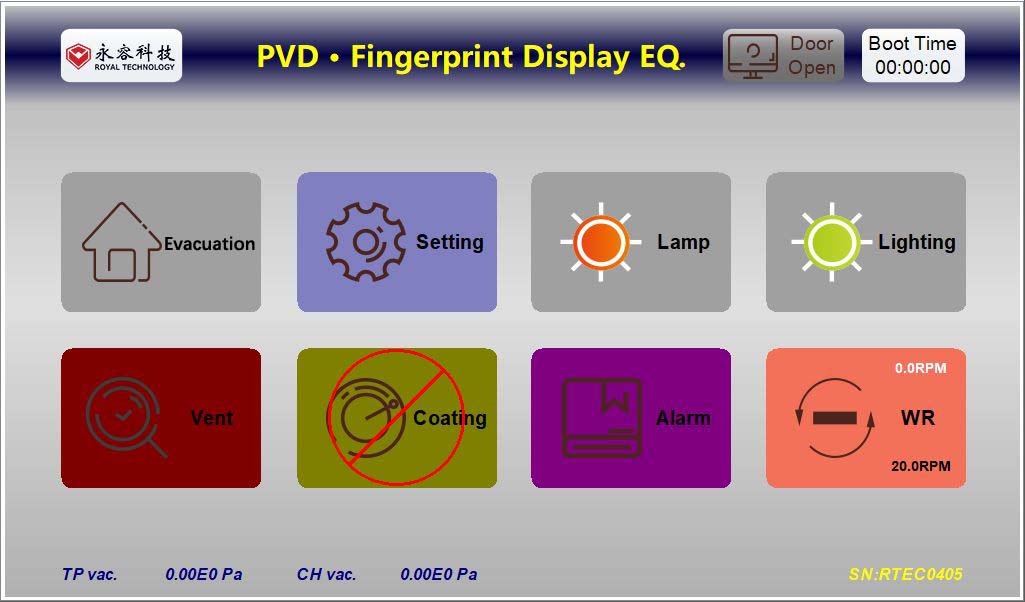Vacuum Metal Deposition (VMD) is a technique used in forensic science for developing latent fingerprints on various surfaces.
Here's how the process typically works:
Principle:Vacuum Metal Deposition involves the deposition of a thin layer of metal (like gold or zinc) onto a surface containing latent fingerprints. The metal adheres to the fingerprint residue, enhancing its visibility.
Preparation:The surface with the latent fingerprints is placed in a vacuum chamber. The chamber is evacuated to create a vacuum environment.
Metal Deposition:A metal source, often in the form of a wire or foil, is heated in the chamber. The metal vaporizes due to the heat and condenses on the surface, including the fingerprint residue.
Sublimation:The metal atoms travel in a straight line from the source to the substrate, bypassing obstacles and creating a high-resolution and detailed reproduction of the fingerprint.
Visualization:The metal-coated surface is then inspected under appropriate lighting conditions to reveal the latent fingerprint patterns clearly. The metal coating enhances the contrast and visibility of the fingerprints.
Benefits
Enhanced Visibility:VMD provides a highly effective method for visualizing latent fingerprints on various surfaces, including paper, plastics, and metals.
High Resolution:The process offers high-resolution images of fingerprints, allowing forensic experts to analyze and compare the patterns accurately.
Non-destructive:VMD is a non-destructive technique that does not damage the underlying surface or the latent fingerprint, making it suitable for evidentiary purposes.
Versatility:Vacuum metal deposition can be applied to a wide range of surfaces, making it a versatile method for forensic fingerprint development.
Permanent Record: The metal-coated fingerprints can be photographed or lifted for further analysis and comparison, creating a permanent record of the latent prints.
Applications
Crime Scene Investigation:VMD is used by forensic experts to develop latent fingerprints left at crime scenes, aiding in the identification of suspects.
Evidence Examination: The technique is valuable in examining and analyzing fingerprints on various surfaces to gather crucial evidence in criminal investigations.
Research and Training:VMD is also used in research and training programs to educate forensic professionals on fingerprint development techniques.
In conclusion, Vacuum Metal Deposition is a powerful tool in forensic science for revealing hidden fingerprints, providing valuable evidence for criminal investigations and legal proceedings.
In the year of 2024, Royal Technology has upgraded the system to Generation III - RTEP0405-FORENSIC model.
More advanced performances are benefit the end user:
- Environmentally Friendly
- Energy Saving
- Innovative Design
- More Intelligent
- Compact Footprint
- Flexible Operation
Software Program
1. Higher degree of automation and more intelligent operation.
2. Icon-based HMI interface operation program for more intuitive and easy operation.
3. One-touch fully automatic and semi-automatic operation modes.

For more details, please download the catalogue here Forensic Vacuum Metal Deposition Machine.

